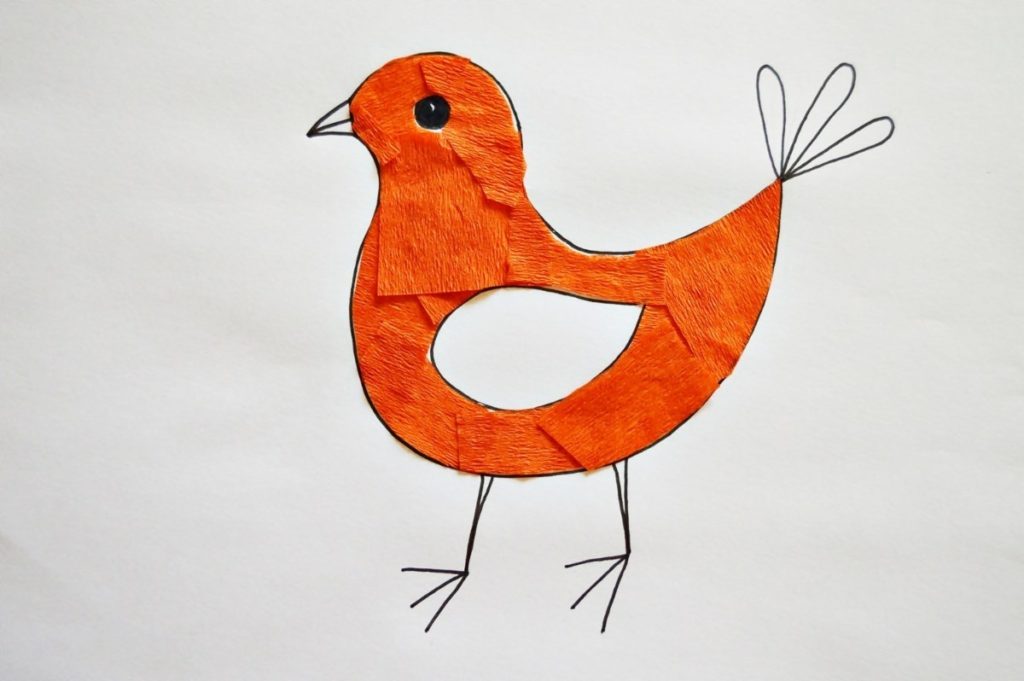Table of Contents
ALL ABOUT BIRDS
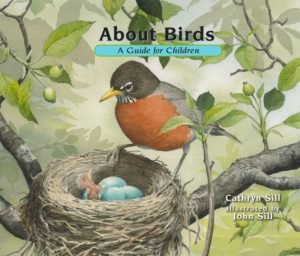 |
Cathryn Sill’s About Birds: A Guide for Children (Peachtree Publishers, 2013) pairs a simple straightforward text (“Birds have feathers”) (“Birds flock together”) with detailed watercolor paintings. For ages 3-6. |
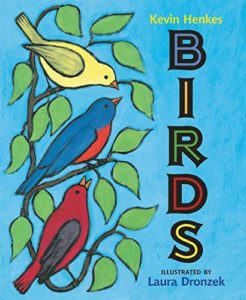 |
Kevin Henkes’s Birds (Greenwillow Books, 2009) is a delightful introduction to birds that conveys the magic of bird-watching through stylized acrylic paintings and an appealing text in the voice of a child narrator. (“Once I saw seven birds on a telephone wire. They didn’t move and they didn’t move and they didn’t move. I looked away for just a second…and then they were gone.”) A charmer for ages 3-7. |
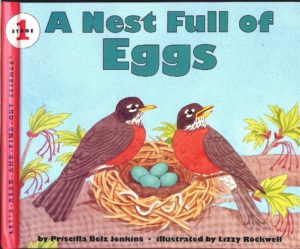 |
In Priscilla Belz Jenkins’s A Nest Full of Eggs (HarperCollins, 1995) – one of the Let’s-Read-and-Find-Out Science series – a pair of children watch as robins build a nest, lay a clutch of eggs, and raise chicks. Finally, the babies grown, the robins leave in the fall to fly south – though the kids look forward to them returning again the next spring. For ages 4-8. |
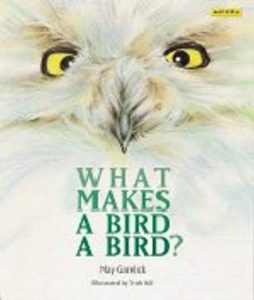 |
May Garelick’s What Makes a Bird a Bird? (Mondo Publishing, 1995) in a thought-provoking exploration of just that. Is it a bird because it flies? But bees, butterflies, bats, and flying fish all fly – and some birds, like ostriches and penguins, can’t. The book proceeds in this fashion, question by question, until readers finally discover the defining characteristic of birds: feathers. For ages 4-8. |
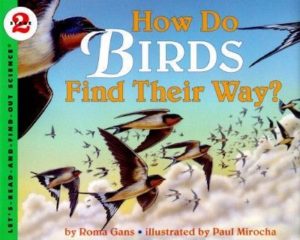 |
By Roma Gans, How Do Birds Find their Way? (HarperCollins, 1996) in the Let’s-Read-and-Find-Out Science series is an explanation of the hows and whys of bird migration. (Arctic terns travel from northern Maine to the South Pole. Why don’t they get lost?) For ages 4-9. |
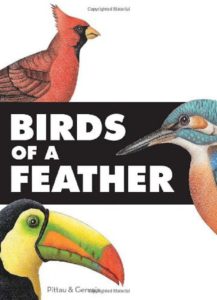 |
By Bernadette Gervais and Francesco Pittau, Birds of a Feather (Chronicle Books, 2012) is crammed with creative graphics, interactive features – including flaps, pop-ups, and puzzles, and a lot of fascinating facts about birds. (Did you know that flamingos are gray when they’re first hatched?) For ages 4-9. |
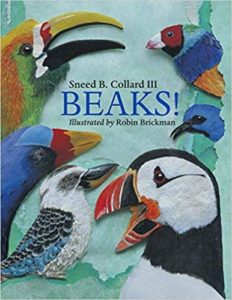 |
By Sneed B. Collard III, Beaks! (Charlesbridge, 2002) is an exploration of the many kinds and uses of bird beaks, illustrated with impressive 3-D cut-paper sculptures by Robin Brickman. In the same format, see Collard’s Wings! (2008). For ages 4-9. |
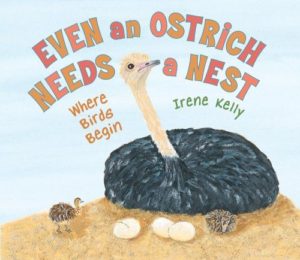 |
Irene Kelly’s Even an Ostrich Needs a Nest (Holiday House, 2009) discusses how different species of birds from all over the world build their nests (plus four species who don’t build nests at all). Costa’s Hummingbird, for example, builds a nest the size of half a ping-pong ball, while the Bald Eagle constructs a two-ton nest the size of a car. For ages 5-8. |
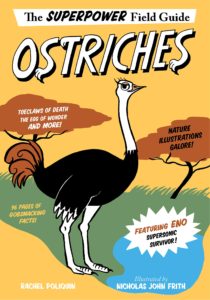 |
Rachel Poliquin’s Ostriches (HMH, 2019) in the Superpower Field Guides series is clever, funny, and informative. Learn all about ostriches through Eno of the Serengeti (Claws of death! Egg of wonder!). For ages 8-12. |
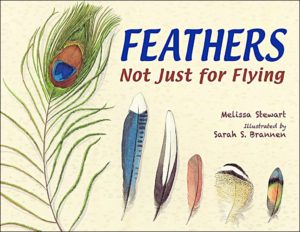 |
In Melissa Stewart’s lovely scrapbook-style picture book Feathers: Not Just for Flying (Charlesbridge, 2014), readers are introduced to sixteen different birds and the many surprising uses of feathers. (For example, they can “warm like a blanket” or “shade out sun like an umbrella;” and the feathers on the willow ptarmigan’s feet act like snowshoes.) For ages 5-9. |
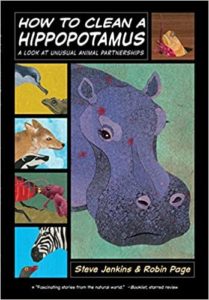 |
By Steve Jenkins and Robin Page, How to Clean a Hippopotamus (Houghton Mifflin Harcourt, 2013) is a picture book about unusual animal partnerships, several involving birds. Find out why ravens and wolves, plovers and crocodiles, and egrets and antelopes stick together. For ages 6-9. |
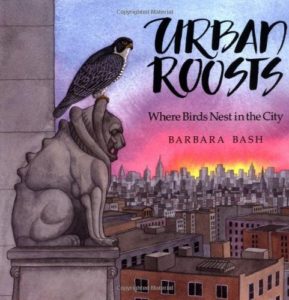 |
Birds live everywhere. Barbara Bash’s Urban Roosts (Little, Brown, 1992) shows how 13 different species of birds – from pigeons to peregrine falcons – have adapted to life in the city. For ages 7-11. |
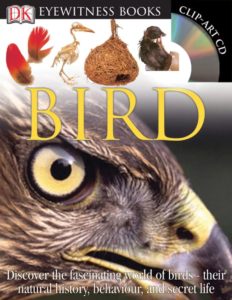 |
In David Burnie’s Bird (Dorling Kindersley, 2008) in the Eyewitness Series, each double-page spread covers a different aspect of bird anatomy, physiology, or behavior. (Topics include Feathers, Courtship, Beaks, Making a Nest, Extraordinary Eggs, and more.) Illustrated with wonderful photographs and diagrams. For ages 8 and up. |
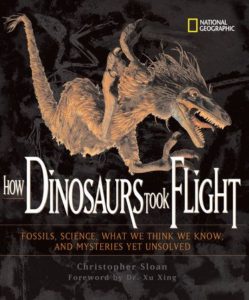 |
Where did birds come from anyway? Are they really…dinosaurs? Check out Christopher Sloan’s How Dinosaurs Took Flight (National Geographic Children’s Books, 2005) for ages 10 and up. |
| Find out more! See DINOSAURS. | |
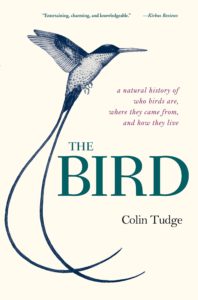 |
Colin Tudge’s The Bird: A Natural History of Who Birds Are, Where They Came From, and How They Live (Broadway Books, 2010) is an excellent overview of all things bird for teenagers and adults. |
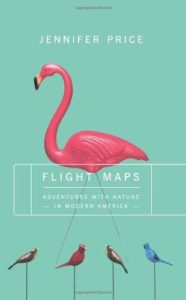 |
By Jennifer Price, Flight Maps (Basic Books, 2000) – subtitled “Adventures with Nature in America” – includes terrific essays on the extinction of the passenger pigeon, the trends for birds on women’s hats that led to the founding of the Audubon Society, and the history of the pink flamingo lawn ornament. For teenagers and adults. |
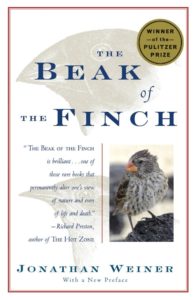 |
Jonathan Weiner’s Pulitzer-Prize-winning The Beak of the Finch (Knopf, 1994) is the story of modern-day biologists Peter and Rosemary Grant and their studies of the evolution of Charles Darwin’s famous Galapagos finches. For teens and adults. |
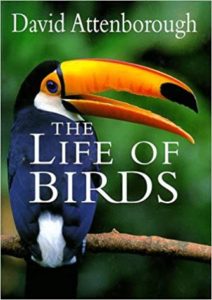 |
From PBS, David Attenborough’s Life of Birds is a fascinating and beautifully done documentary, variously covering bird brains, evolution, champions, parenthood, bird song, and more. |
| Attenborough’s Life of Birds, the complete ten-part series, is available from Amazon.com as an Instant Video. | |
 |
The Cornell Lab of Ornithology is an excellent source for all forms of bird information. Included on the website are bird citizen science projects (participate in Project Feeder Watch or join in the Great Backyard Bird Count), online courses (among these a superb home study course in Bird Biology), bird identification guides, bird cams, and much more. |
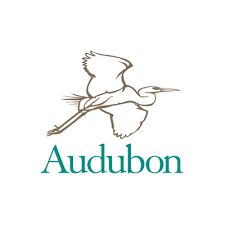 |
Audubon.org has information on citizen science and bird conservation projects, bird FAQs, an online bird ID guide, and reports on birds in the news. |
| At National Geographic: Birds, learn all about birds, visit bird photo galleries, and take a backyard bird quiz. | |
| From UC Berkeley, Introduction to the Aves has detailed information on bird fossils, life history and ecology, systematics, and morphology. |
